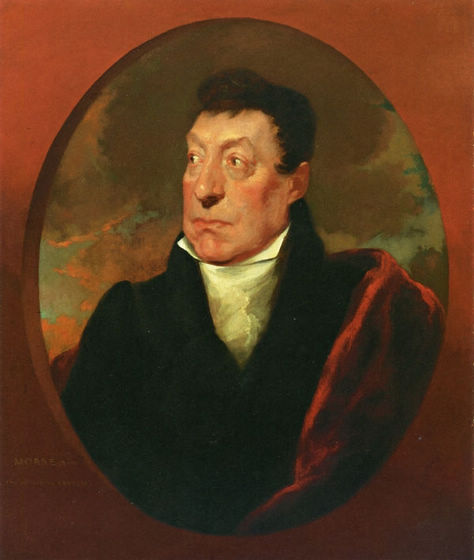I’m working on a post about the French and American revolutions, and I’ve come across some distressing news about the great Lafayette, hero of both.
Marie-Joseph Paul Yves Roch Gilbert du Motier, Marquis de La Fayette, was a French aristocrat who rode in on a white horse and offered his sword to George Washington in 1777, risking his life to bring justice and democracy to a foreign people. He was a cavalier general in a colonial blue uniform, complete with silver wig and golden epaulettes, raising his jeweled saber as he led a rag-tag band of colonials into the smoke and thunder of redcoat musket-fire. And then, true to his principles, he played a leading role in the French Revolution, even though the commoners were rising up against his fellow aristocrats. Lafayette proposed the Revolution’s famous Declaration of the Rights of Man and of the Citizen–one of history’s most ringing statements of justice and equality—and he was one of the few aristocrats trusted by the revolutionary government. In fact, he was the first commander of the National Guard, the revolutionary militia. And it was Lafayette who added white to the tricolore: the blue, white, and red flag that symbolized the revolution and flies over France today.
A gallant like that had to be handsome, right?
 I was as stunned as you must be to discover that it’s not so. There, to the right, is Lafayette in an 1824-5 painting by Samuel Morse (better known for co-inventing Morse code). And Morse wasn’t trying to dim the general’s glory. In fact, he worshiped Lafayette, and wrote of him: “This is the man now before me, the very man… who spent his youth, his fortune, and his time, to bring about (under Providence) our happy Revolution; the friend and companion of Washington, the terror of tyrants, the firm and consistent supporter of liberty… this is the man, the very identical man!” Identical to his countryman, Quasimodo? And most of the general’s other portrait’s bear Morse out. The man was homely.
I was as stunned as you must be to discover that it’s not so. There, to the right, is Lafayette in an 1824-5 painting by Samuel Morse (better known for co-inventing Morse code). And Morse wasn’t trying to dim the general’s glory. In fact, he worshiped Lafayette, and wrote of him: “This is the man now before me, the very man… who spent his youth, his fortune, and his time, to bring about (under Providence) our happy Revolution; the friend and companion of Washington, the terror of tyrants, the firm and consistent supporter of liberty… this is the man, the very identical man!” Identical to his countryman, Quasimodo? And most of the general’s other portrait’s bear Morse out. The man was homely.
It’s nowhere near as bad as learning that Edward VIII was a Nazi sympathizer or that Jefferson never freed his slave mistress. And it’s not as bad as knowing that Columbus’ calculations were moronic, that Shakespeare wrote just for the money, or that Mark Antony was a bad general. But still …
—————–
—————–
SOURCES:
- Morse quote from Silverman, Lightning Man: The Accursed Life Of Samuel F.B. Morse (2004), p. 73.
© 2011 by David Carthage. All rights reserved.

Um yes hello I think you need to rethink your conclusion because wow was he good looking as a young man
http://upload.wikimedia.org/wikipedia/commons/e/e2/Lafayette%2C_Marie_Joseph_Paul_Yves_Roch_Gilbert_Du_Motier%2C_marquis_de.jpg
http://upload.wikimedia.org/wikipedia/commons/a/ad/AduC_029_Lafayette_%28M.P.J.%2C_1757-1834%29.JPG
http://upload.wikimedia.org/wikipedia/commons/7/72/La_Fayette_by_Weyler.jpg
…look at that cutie. He’s just had a lot of bad portraits made of him. My personal least favorite is the below:
http://upload.wikimedia.org/wikipedia/commons/c/c5/Marquis_de_Lafayette_2.jpg
I would like to point out that there is a flaw in your argument, this is a portrait of him in his later years, and a not very flattering one at that. No one is exactly drop dead gorgeous when they get older, and his younger portraits show a rather handsome young man.